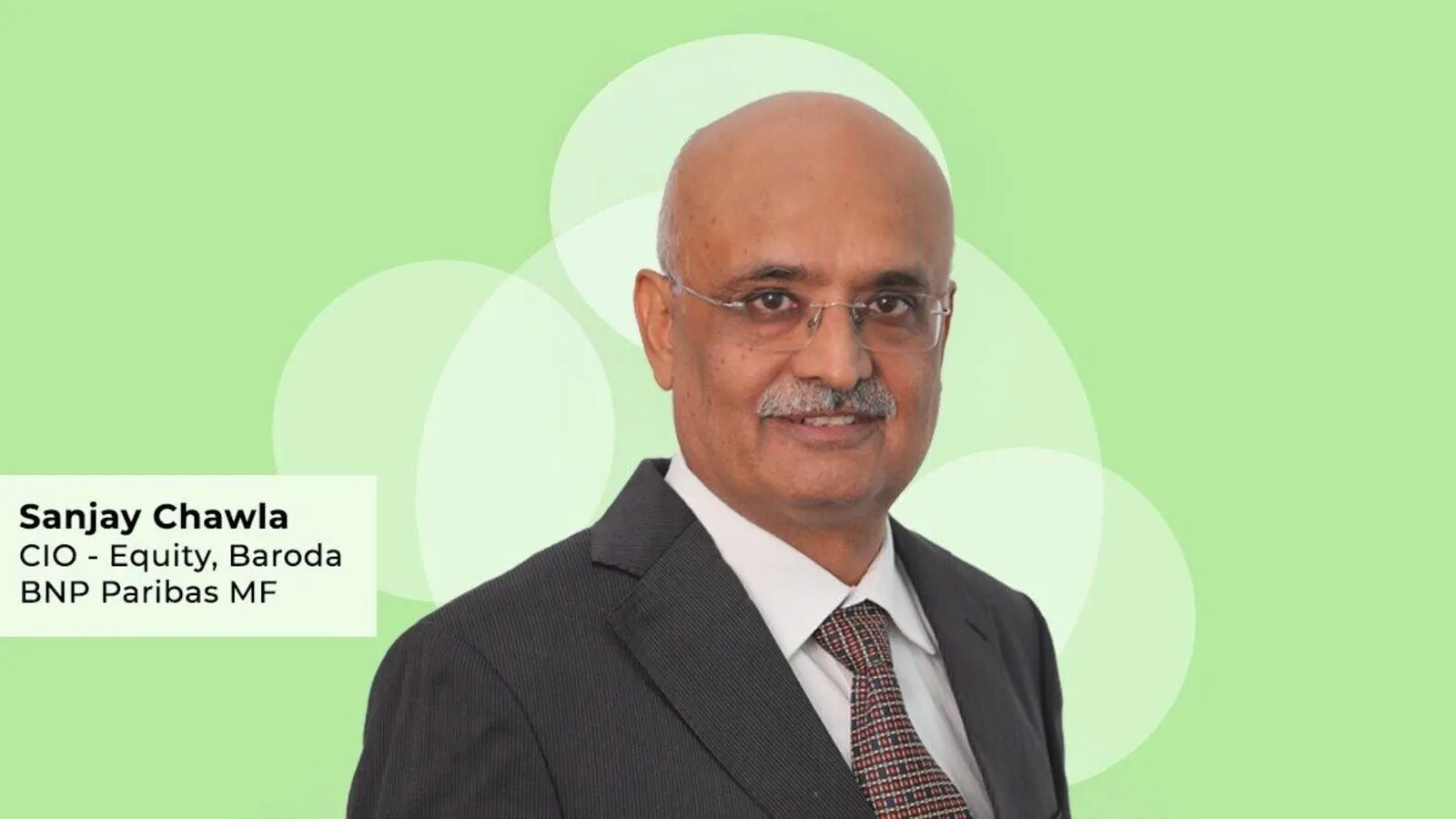Indian Pharma, and two other sectors to perform ‘better’ than global peers amid Trump tariffs, says Geojit’ Vinod Nair

Donald Trump described April 2, 2025—the day reciprocal tariffs were introduced—as the most significant economic liberation day in U.S. history. However, this move was widely perceived both domestically and globally as a regressive step, marking a blow to the international trade system. Since the post-World War II era, international trade has expanded significantly due to a sustained reduction in tariff barriers. The concept of reciprocal tariffs stem from an arbitrary methodology to calculate a notional tariff on a country is based on the trade deficit with the US. Apparently, it is quoted based on non-financial barriers like currency manipulation and business barriers to block market access to the US in respective countries.
The global market takes it with a blow. In the last two days the US market is down by 4% and Asia is more hit, with Japan cut by 10%. India is handling it better, considering that the trade barrier implication is lower compared to the rest of the world. Like other Asian peers, like China, Vietnam, Taiwan and Indonesia, are clubbed in a higher bracket of 26 to 46%. Under a fully escalated tariff war scenario, China could face an overall tariff burden of up to 65% under the reciprocal framework, as per ‘The Economist’. India’s relatively better positioning is also attributed to its ongoing negotiations with the United States toward a bilateral trade agreement, which may help mitigate the adverse effects of the reciprocal tariff regime.
Some sectors like Pharma, Semiconductors and Energy oriented commodity and products have been excluded from the tariff measures. This exemption positions India’s pharma, manufacturing, and energy sectors to perform relatively better than their global counterparts. In a hindsight, it is highly plausible that domestic oriented industry like Agriculture, FMCG, Finance, Industrial, Infrastructure and Cement standout safe from the direct impact of tariff effects. Nonetheless, as global markets experience significant strain, Indian markets are also likely to face near-term weakness. Despite this, India is expected to demonstrate relative outperformance compared to other major economies amid the global downturn.
Despite India’s relative advantage, several Indian sectors with high exposure to the U.S. market are under pressure amid expectations of a slowdown in U.S. demand. The IT sector is particularly impacted, as subdued technology spending and elevated U.S. interest rates—currently at 4.5%, compared to the EU’s lower rate of 2.5%—weigh on business prospects. Major Indian IT firms derive between 50% to 80% of their revenue from the U.S., making them especially vulnerable. While the pharma sector remains relatively insulated for now, other export-oriented industries to U.S. such as auto ancillaries, textiles, aquaculture, and Basmati rice are facing increased risk under the evolving trade environment.
The risk of retaliatory measures against the United States is rising, particularly from key trade partners such as Europe, China, Japan, and Canada—potentially compounding the economic fallout. Should the tariff war escalate further, the likelihood of a U.S. recession in the coming year will increase substantially. At the beginning of the year, the probability of a U.S. recession stood at 20%, but it has since risen to 40%, reflecting growing concerns over trade disruptions. Currently, a baseline reciprocal tariff of 10% has been imposed on all U.S. trading partners, a move expected to dampen global trade and economic momentum due to mounting supply chain challenges. This, in turn, could weigh heavily on future earnings growth and market valuations.
Meanwhile, the domestic Q4 earnings season is set to begin next week. Expectations remain modest on a YoY basis, although sequential (QoQ) improvement is anticipated. Economic data suggest a strong rebound in economic activity between January and March. However, given the high base of last Q4 of FY25 and muted estimate of 7% EPS growth for India in the full year FY25, the preliminary estimate for Q4 is 8-10% YoY earnings growth. This is below the long-term average growth rate of India at 15%, indicating that it will not be taken positively by the market. The effect of this is likely to be weak given the negative bias under the global clampdown. The result will be initiated by the IT sector, where the estimate and outlook are weak due to a breakdown in US IT spending.
The author, Vinod Nair is Head of Research at Geojit Financial Services.
Disclaimer: The views and recommendations made above are those of individual analysts or broking companies, and not of Mint. We advise investors to check with certified experts before making investment decisions.









